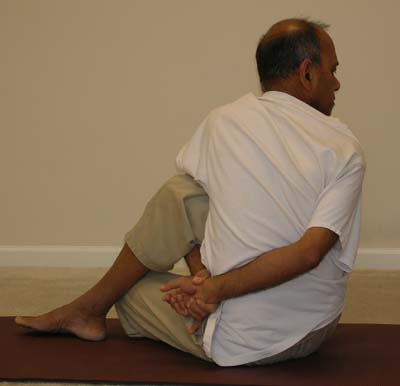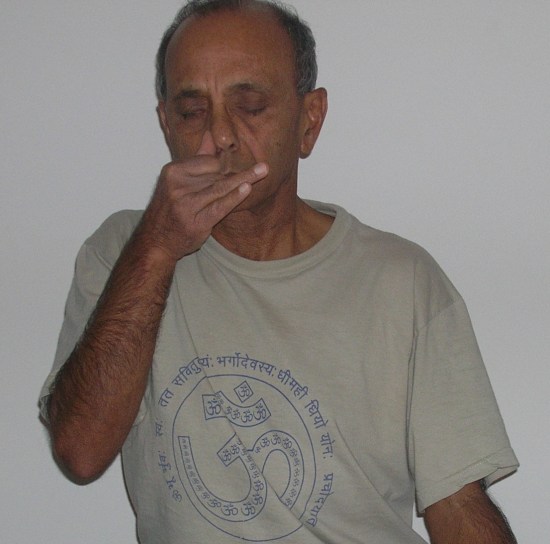Most of the classes that I teach last 1.5 hours. In almost every class I lay emphasis on the need for establishing a home-based yoga practice which can be done on a daily basis. Those students who feel committed to practice at home are usually faced with the following predicament:
- It is not possible to allocate 1.5 hours every day for the yoga practice. We can allocate no more than one hour, even that being a stretch
- In the regular 1.5 hour group class, we practice many asanas with variations and different pranayama techniques. We also discuss the concepts of meditation and practice meditation on a few occasions. If we want to limit the practice to one hour or less, how to structure the sequence so all aspects of yoga are covered?
As you might be aware, the four main ingredients of a fully integrated yoga practice are:
- Asana (physical postures)
- Pranayama (breathing practices)
- Yoga Nidra (deep relaxation)
- Dhyana (meditation)
Whatever the total duration might be, all these four will need to be included in some proportion in your yoga practice.
Here is my recommendation for a one-hour yoga routine.
Asana (25 min)
- Centering and Om chanting
- Marjarasana (Cat and Cow)
- Surya Namaskar (Sun Salutation) – 4 rounds (with or without the Surya Namaskar mantras)
- Shalabhasana (Locust)
- Dhanurasana (Bow pose)
- Janu-shirshasana (head-to-knee pose)
- Pashchimottanasana (full forward bend)
- Setu-bandhasana (Bridge pose)
- Pawana-muktasana (wind-relieving pose)
- Ardha-matsyendrasana (spinal twist)
- Yoga Mudra
Yoga Nidra (deep relaxation in Shavasana) – (5 min)
Pranayama (15 min)
- Ujjayi pranayama (deep 3-part breathing)
- Kapalabhati (3 rounds, approximately 100 strokes in each round)
- Rapid breathing (one nostril at a time, then both nostrils)
- Bhramari (humming bee)
- Naadi Shuddhi (aka Anuloma-viloma/alternate nostril breathing)
Meditation (15 min)
- Om chanting
- Meditation using body awareness, breath awareness, third eye awareness followed by mantra meditation.
You may want to visit my blog for detailed instructions on these practices.
General guidelines for the yoga practice
- Yoga must be practiced on an empty stomach. Give at least a three hour gap between a meal and the yoga practice.
- The best time to practice yoga is in the morning, after completing your morning ablutions, and before breakfast.
- If you are unable to allocate the full one hour in the morning, you may split the practice, depending upon your convenience, between morning and evening.
- It is best to allocate a clean, isolated spot in your home for the practice. Try to keep the space clean, without clutter and without any potential distractions. You may want to unplug the phone, turn the TV off, switch off all sounds from the computer etc. before starting the practice.
- Practice with full awareness of body, breath and the mind. At no time you should strain or overstretch your body or the breath.
- Have fun!
I would love to hear your feedback. Please post your thoughts in the comments section.


Recent Comments